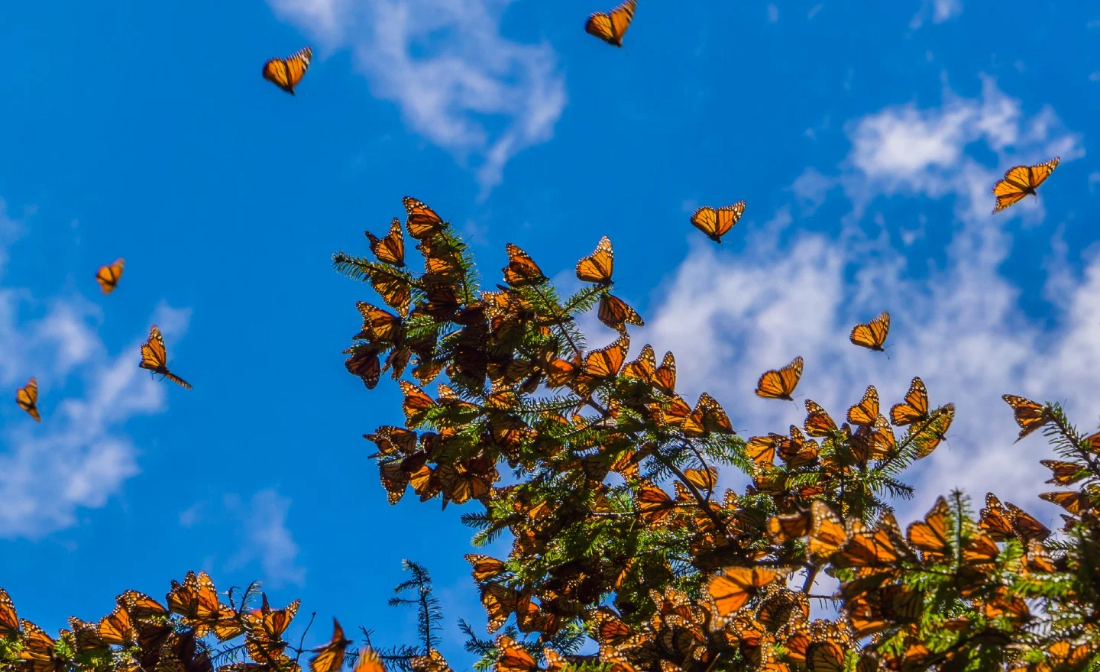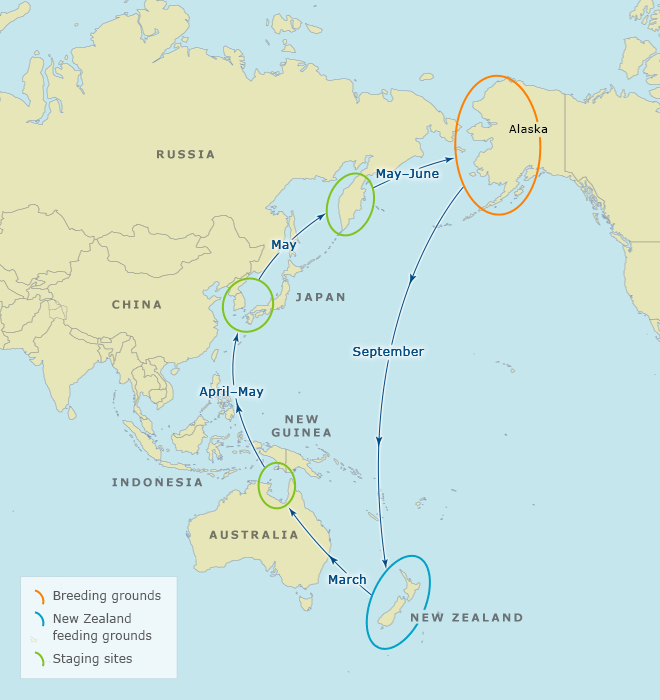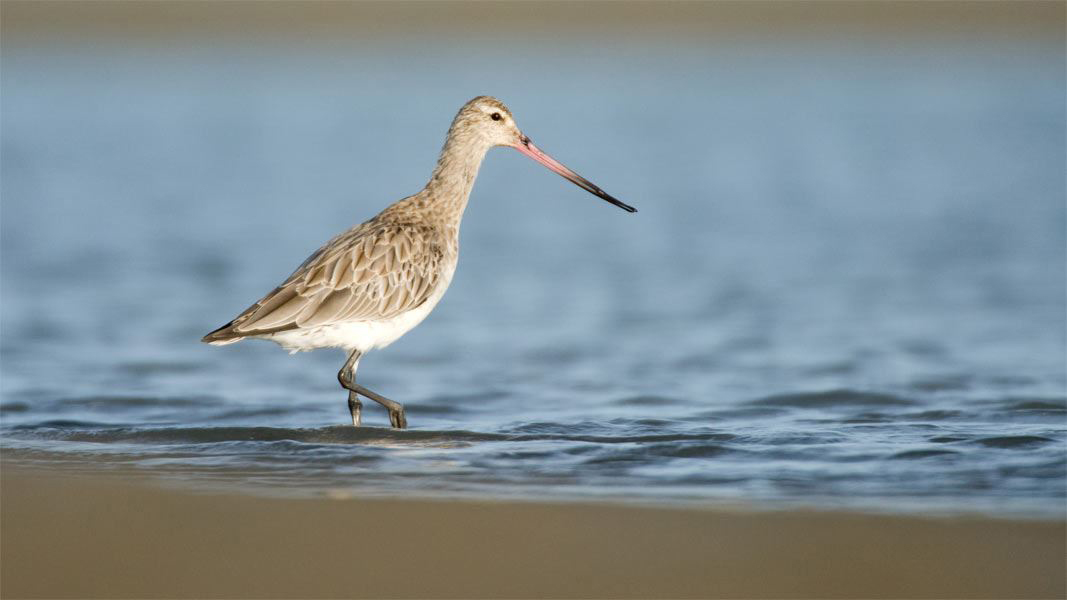
Dr David, Editor / Publisher
The migration of the Monarch butterfly from the US to Mexico is a wonder. In colonies of 20 million, riding ascending currents of warm air, these slight creatures glide most of the way. They flap their wings very little, only to readjust their flight path. And that, their flight path, not the physical accomplishment of traveling 3,000 miles, is the greater part of the wonder. How do they know where they are going, especially considering that not one of them has made the journey before?
More down to earth, but quite similarly, we marvel at the pet dog who finds its way home after being stranded 500 miles away from it. Here again, while the physical stamina and ingenuity is impressive, more mysterious are the pooch's navigational skills. How does he sense his destination?
Back up in the air, honey bees spend their days buzzing hither and yon looking for flowers. Zigging and zagging, they continue on their jumbled way, while the sun crosses the sky. Still, when it is time to return to the hive, even with the sun in a completely different position than it was at the hour when they departed, they fly straight home.
The Eastern Bar-tailed Godwit is another wonder of migration. Flying in several stages, over three months, from New Zealand to its breeding ground in Alaska is a remarkable feat, but still not half of the story. Its return to New Zealand from Alaska is one non-stop flight over the Pacific, lasting eight days and nights. Again, alongside this physical marvel is the feat of navigation, finding New Zealand in all that water.

Looking at a flat map, Tokyo is due west of New York. But, despite what you learned in school, a straight line from one to the other is not the shortest distance between the two. Spherical geometry is different from its planar cousin. Air traffic takes the route of a great circle, flying up towards the pole where the Earth is skinniest, rather than around its greater girth at lower latitudes. Spherical geometry is highly complex, but migratory birds, traveling great distances along great circles, seem to do it with ease.
Things often seem simple from a distance. Complexity reveals itself only when you get close: "It must be easy to run that business." As with most natural phenomenon, the more you know about animal migration, the more unnatural it seems.
Darwin's generation didn't know very much about nature. They still believed in spontaneous generation, the idea that life was a relatively simple affair, and was everywhere just popping into being. Today, we realize that the mold on our bread or the fruit flies in our kitchen did not just spontaneously generate. Now we know that the mold sprouted from a spore and that the fruit flies hatched from teenie, tiny eggs on the bananas we brought home from the corner market.
Lacking microscopes of sufficient power to see otherwise, Darwin's generation thought that the single-celled organisms they discovered in their magnified pond water were simple. Through their primitive equipment, they saw the protoplasm inside the cell membrane as a gray, uniform, jelly-like substance and assumed that it was nothing more than that. Today we know that the inner workings of even the simplest cell (and even those of its outer membrane) are marvels of engineering, whose complexity is beyond anything that humanity will ever devise. And we know that we don't know. We know that many of the cell's marvels still elude us, and that many always will.
Only now, with our advanced computer coding, are we beginning to appreciate the mind-blowing achievement of the coding of our own DNA. Only now, with our own advanced computer algorithms and Global Positioning Satellites, are we beginning to appreciate the navigational wonders of butterflies, birds and even the lowly ant.

Eastern Bar-tailed Godwit
*
Ants, with less than a thousand neurons in their brains, accomplish navigational calculations for which our computers require billions of connections. They also navigate the overwhelming complexity of social living. Social animals, like ants and bees, must master the sophisticated art of living together, keeping ever alert to the master organism, the colony or hive.
Among many other problems, evolution faces what is known as "the challenge of complex adaptation." Many mutations, most without any survival value in themselves, are need to generate a new function. But any mutation that does not, in and of itself, make it easier for the organism to survive, is not preferentially passed on to the next generation.
The snake's hollow tooth does not make it fitter to survive without a venom sack attached to it. And a venom sack is of no advantage without a hollow tooth to deliver the poison. Similarly, a fragment of neurology what might eventually lead to the navigational algorithm (or sociability) of the modern ant would not have been saved, because, all by itself, out of its future context, it conveyed no survival advantage upon the ant's ancient ancestor.
Modern evolutionists acknowledge that there must have been a great many such pieces, useless in and of themselves, all waiting to come together to form the first useful proto-navigational system. To account for this, they speak of evolution intending to make a complex system. But once you talk about evolution knowing where it wants to go, having direction, goals and purpose, you are talking about matter having consciousness. And that is a whole new, non-materialist ball-game.

Materialism's appeal was that it reduced everything to known simplicity. Existence was seen as only dumb, billiard ball-like atoms randomly bumping into each other. But quantum physics has shown that material itself is not simple. Affected by consciousness (observation), material is no less mysterious a phenomenon than is consciousness; it may even be stranger.
How the Monarch's navigational system gets put into a butterfly egg and then unraveled and read by the next generation is a perfect mystery. Rupert Sheldrake would suggest that it doesn't.
Sheldrake would suggest that the navigational information is preserved outside the egg and the butterfly in a "morphic field." He postulates that organisms tune into these fields of information like radios tune into radio waves. According to his line of thought, the Monarchs are reading a navigational field.
These days, it's chic to believe in nothing. Scientifically (and politically) it's cool to deny meaning, purpose, spirituality, mystery, goodness, truth... Today, long after it was disproven by physics, many die-hard non-believers still stubbornly believe in nihilistic materialism, a dumb, pointless existence. If they weren't doing great harm by imposing their outdated ideas on society, I would feel sorry for them. On this, I defer to Paul McCartney, who rightly noted: